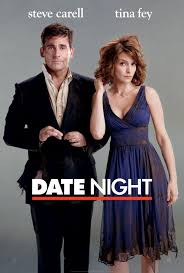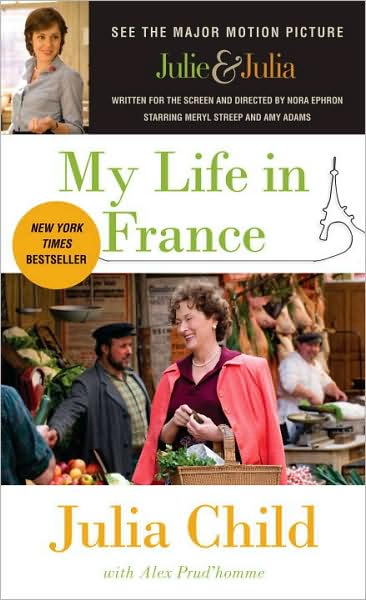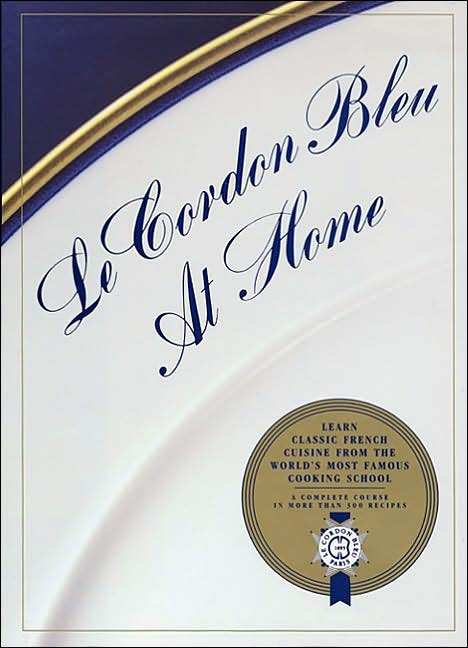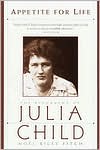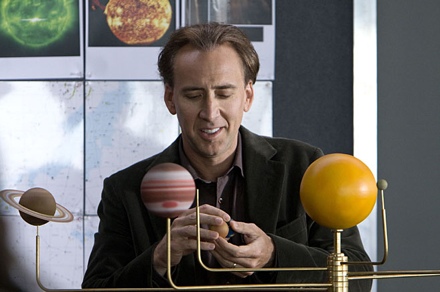'Chronicle' (2012), the Movie: Go See It!
'Chronicle' (2012) is an excellent movie for those of us bewildered by big budget movies whose themes seem remote from our quotidian cares and concerns. As perhaps the most original of movies I've seen lately, I would urge you to see it. Don't leave it to teenagers. I did attend with one, despite having been warned the hand-held camera scenes might make me dizzy. They did, and the beginning can be a bit slow-going for those of us who are past our teen years. Here's a minor spoiler alert, when 'Chronicle' finally revs into gear, the story unwinds faster and faster and faster into an extended Tolkien-style adventure. This is where the special effects surge into high gear. I didn't hear the audience laugh as much later in the movie as much as they did during the more comical early scenes when the boys first discovered their rare powers. It's all good fun, and worth watching.
When the main likable characters, two teenage cousins and a so-called friend - one of whom decides to film his life - find literally a hole-in-the-ground in the woods, and follow it, Alice-in-Wonderland style, down to a Harry-Potter-esque underground cave, the boys experience mysterious transformations. They are bestowed with unique, transcendent powers. To the delight of the audience, these powers grow and grow, first wowing each other, and separately, their school friends at a talent show.
These three were all new actors to me, Dane DeHaan plays Andrew, the cameraman, Alex Russell plays Matt, his cousin, and Michael B. Jordan plays Steve, their friend. They can fly with glee through the air and enlarge their powers in new ways as the story develops. Admittedly, some scenes were gory, and showed mangled, mutilated bodies, on fire, and gutted.
My favorite scenes were the flying scenes, without doubt, involving a plethora of fancy technological feats of engineering rather than the school and party settings, which nevertheless redeemed the story with a semblance of reality. With a single romance between one of the actors and a camera-toting, beautiful, blonde blogger, the story checks back into the cameraman's sorry home-life with a cancer-stricken mother where he ultimately exacts revenge on his cruel, pathetic, unemployed fireman father. His strength made this mother's heart beat harder with sympathy, and say "yes!" for under-privileged, abused teenagers out there.
The boys' new powers take them to places they (and the audience) wouldn't have dreamed of, and thrill everyone to the unexpected heights, social and otherwise, they achieve. Spectacular in vision and optimism, the good times finally turn, of course. The special effects meshed in a tightly-edited hip, mash-up style made me wonder how much of it was real, and how much possibly computer-animated. Certainly, in 'Chronicle', more than in most movies, ideas were freely lifted from other movies and from literature and blended, with good intentions, into an entirely fresh, new concept. Bravo to everyone involved in making it. Sequels might explain and enlarge on how they obtained their special powers, with kudos to the debut of Josh Trank.
'Chronicle' is well worth watching for spectacular special effects, directed by Josh Trank, and for originality of concept, written by Max Landis.
Rated: PG-13.
Runtime: 84 min.Released: February 3, 2012.
Budget: $12M. Opening weekend gross: $22M.
Filming Locations: Cape Town, South Africa. Vancouver, BC.








